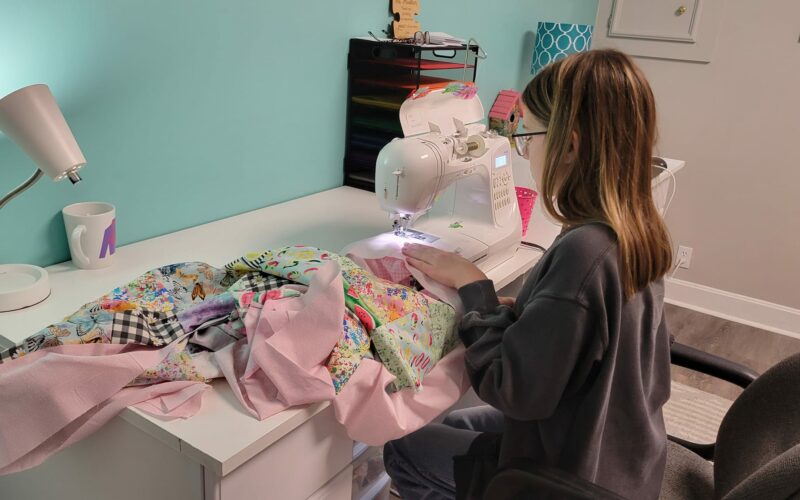There are indeed lots of opportunities in the sewing profession begging to be explored. Even if you don’t have advanced tailoring techniques, you can still make huge profits by tapping into many of these opportunities. Without wasting time, below are business ideas and opportunities for needlecraft experts.
In addition to making and altering clothes, sewing businesses also customize clothing through the use of embroidery and other decorative arts to create one-of-a-kind personalized fashions.
Learn how to start your own Sewing Business and whether it is the right fit for you.
Start a sewing business by following these 10 steps:
Plan your business
A clear plan is essential for success as an entrepreneur. It will help you map out the specifics of your business and discover some unknowns. A few important topics to consider are:
What will you name your business?
What are the startup and ongoing costs?
Who is your target market?
How much can you charge customers?
What will you name your business?
Choosing the right name is important and challenging. If you don’t already have a name in mind, visit our How to Name a Business guide or get help brainstorming a name with our Sewing Business Name Generator
If you operate a sole proprietorship, you might want to operate under a business name other than your own name. Visit our DBA guide to learn more.
When registering a business name, we recommend researching your business name by checking: Your state’s business records, Federal and state trademark records, Social media platforms and Web domain availability. It’s very important to secure your domain name before someone else does.
What are the costs involved in opening a sewing business?
Unlike many other types of businesses, a sewing business can be operated from home. A home-based sewing business has the added advantage of providing a higher level of comfort and privacy during fittings. It is possible to start a small home-based sewing business with very little initial investment. At a minimum, you’ll need:
A simple sewing machine capable of performing basic stitches and creating buttonholes
A serger for tailoring seams to prevent fraying
A full-length mirror for customers
An iron and ironing board for removing wrinkles from fabric
Fabric scissors and pinking shears for cutting patterns
A cutting wheel
Measuring tools for taking customer measurements and marking hems and cuffs
Garment racks for hanging clothing
A table for cutting fabric, drawing and designing
What are the ongoing expenses for a sewing business?
Ongoing expenses for a sewing business include: Supplies such as material, zippers, thread, buttons, and trim, utilities, equipment maintenance, website updates and advertising
Who is the target market?
Preferred customers are those who require alterations of a garment. Many customers require the services of a sewing business to prepare for attending a formal event such as a prom or a wedding. Other types of customers include sports teams who require their team logos, names or numbers to be embroidered onto their team uniforms.
How does a sewing business make money?
A sewing business makes money by charging a fee for designing, making, or altering clothing. Prices are determined by calculating the amount of time and the cost of materials required for each order. Some sewing businesses design and manufacture custom apparel, while others focus on alterations.
How much can you charge customers?
Average prices for clothing alterations vary according to the type of alteration and the strength of the local economy. The price of hemming a garment may be as little as $15, while the price of a custom-made wedding gown can range from several hundred to several thousand dollars. It’s a good idea to research the services offered by local competitors when deciding what types of services to specialize in that would enable you to set yourself apart.
How can you make your business more profitable?
Many sewing businesses offer sewing classes to increase revenue and strengthen their ties within the local community. Others design and sell their own lines of clothing and accessories such as scarves. Partnering with other industries focused on clothing, like laundromats and clothing stores, to offer custom alterations can also prove to be a profitable strategy for increasing both your revenue and your customer base. Making garments to be worn by models in clothing stores is another great way to publicly showcase your work, which is the best form of advertising.






